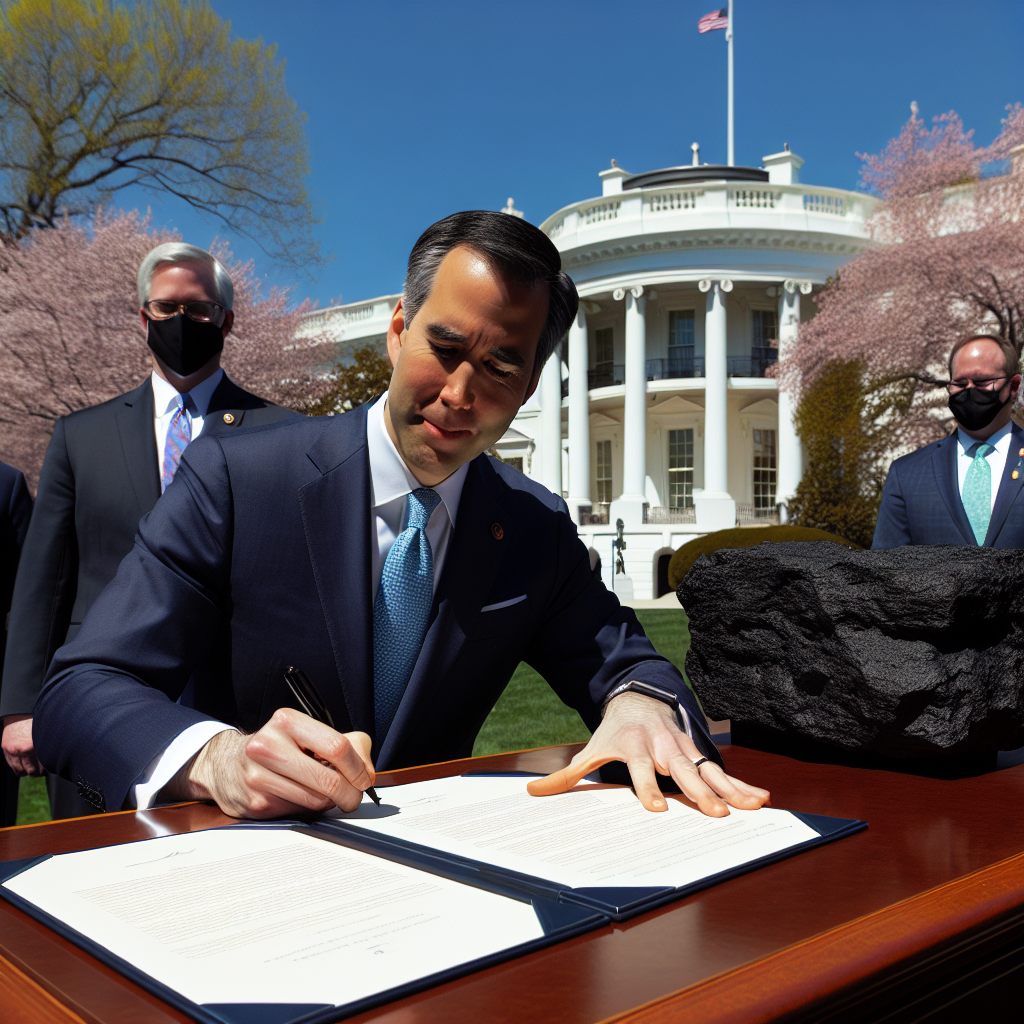On April 8, US President Trump signed an executive order at the White House aimed at revitalizing the American coal industry in response to the rapid increase in power demand driven by high-energy technologies such as artificial intelligence, electric vehicles, and cryptocurrencies in recent years.
“We are bringing back a neglected industry to glory and putting miners back to work,” Trump said at the White House. Currently, the number of coal miners in the United States is about 40,000, significantly fewer than the 70,000 workers ten years ago.
According to data from the US Energy Information Administration (EIA), coal-fired power plants in the United States currently provide less than 20% of electricity, a sharp decline from 50% in 2000. This trend is mainly due to the increase in natural gas supply driven by technologies like hydraulic fracturing, as well as the rapid development of solar and wind power generation, which has further reduced coal consumption.
Since taking office on January 20, Trump has continued his previous energy policy by actively loosening regulations and making increasing domestic energy production one of his core policies.
The executive order signed by Trump this time covers multiple measures, including using the powers under the Defense Production Act of 1950 to boost coal production and extending the lifespan of coal-fired power plants scheduled for retirement.
He also instructed Energy Secretary Chris Wright to assess whether metallurgical coal could be classified as a “critical mineral” to enable the use of emergency powers to expand production.
In addition, Trump directed the Department of Justice to review state regulations related to climate policies to see if they are hindering energy development and to try to limit their enforcement. In terms of land policy, he also announced the termination of the federal coal leasing moratorium and instructed the Interior Department to prioritize the issuance of coal mining rights.
After the executive order was announced, the Department of Energy immediately released up to $200 billion in loan funds to support energy development projects, including new coal technologies.
Encouraged by this policy, the stock prices of the two major US coal companies, Peabody and Core Natural Resources, both rose by about 9% on the same day.
Currently, coal-fired power plants in the United States on average only supply electricity to the grid for about 40% of the time. Supporters believe that by relaxing regulations and policy support, this ratio is expected to increase.
During his first term, Trump tried to support the coal industry through subsidy policies. A proposal to subsidize coal-fired power plants was ultimately rejected by federal regulators in 2018.
There is widespread hope in the industry for the recent policies of the Trump administration. Rich Nolan, President and CEO of the National Mining Association, said that the relevant orders demonstrate a “commitment to ensuring stable power supply, recognizing the strategic value of American coal, and embracing the economic potential of energy independence.”
However, environmental groups strongly oppose this. Kit Kennedy, Director of the Power Sector at the Natural Resources Defense Council, said that the Trump administration should focus on modernizing the grid rather than continuing with less efficient and more polluting coal-fired power plants.
(This article referenced relevant reports from Reuters)

